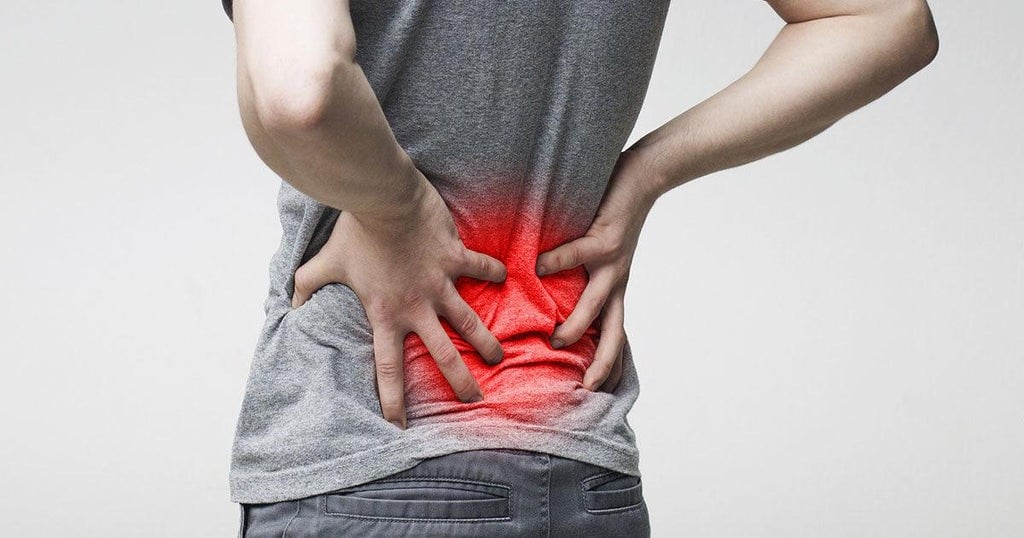Back Pain - What It Can Be and What to Do
Discover the possible causes of back pain and the best ways to relieve discomfort safely.

Back pain is a common issue that affects people of all ages. It can range from mild discomfort to severe pain that interferes with daily activities. While it often results from muscle strain or poor posture, in some cases, it may indicate an underlying health condition.
Here’s what back pain can mean and how to relieve it safely.
Possible Causes of Back Pain
1. Muscle Strain
Overuse, heavy lifting, or sudden movements can cause muscle strain in the back, leading to stiffness and pain.
What to do:
- Rest and avoid strenuous activities.
- Apply ice or heat packs to the affected area.
2. Poor Posture
Sitting for long hours with incorrect posture can put pressure on the spine and muscles, leading to chronic pain.
What to do:
- Maintain a straight posture while sitting and standing.
- Use an ergonomic chair for support.
3. Herniated Disc
A herniated or bulging disc can put pressure on nearby nerves, causing sharp pain, numbness, or tingling.
What to do:
- Gentle stretches and physical therapy may help.
- Seek medical advice if symptoms persist.
4. Sciatica
Compression of the sciatic nerve can cause pain radiating from the lower back down to the legs.
What to do:
- Apply heat therapy to relax the muscles.
- Perform gentle nerve-stretching exercises.
5. Arthritis
Conditions like osteoarthritis or rheumatoid arthritis can cause stiffness and inflammation in the back.
What to do:
- Maintain an active lifestyle to improve flexibility.
- Use anti-inflammatory foods like turmeric and ginger.
6. Kidney Problems
In some cases, back pain can be a sign of kidney infections or stones, especially if accompanied by fever, nausea, or difficulty urinating.
What to do:
- Drink plenty of water to support kidney function.
- Consult a doctor if symptoms worsen.
How to Relieve Back Pain
If back pain is mild, certain lifestyle changes and remedies can help improve comfort and prevent future episodes.
1. Exercise and Stretching
Gentle yoga, swimming, or walking can strengthen back muscles and improve flexibility.
2. Maintain a Healthy Weight
Excess weight can put pressure on the spine, contributing to pain. Eating a balanced diet and staying active can help.
3. Get Quality Sleep
Using a supportive mattress and sleeping in a neutral spine position can help reduce back strain.
4. Try Massage Therapy
Massages can relieve muscle tension and improve circulation in the affected area.
5. Seek Professional Help
If pain persists for more than a few weeks, worsens, or is accompanied by other symptoms, consult a doctor or physical therapist for proper evaluation.
Final Thoughts
Back pain can result from various causes, but making small adjustments to posture, movement, and lifestyle can often bring relief. Paying attention to early symptoms and seeking professional advice when needed is essential for long-term well-being.